Nitrofuranos y cloranfenicol, sustancias prohibidas para su uso en animales, presentes en alimentos agropecuarios primarios en el Perú (2011 - 2018)
Resumen
El objetivo del trabajo fue revisar y analizar los resultados del monitoreo de los antibióticos prohibidos en producción animal para consumo humano, efectuados por el Servicio Nacional de Sanidad Agraria del Perú (SENASA): nitrofuranos (furaltadona y furazolidona) y cloranfenicol. Se efectuó análisis documental de los reportes de monitoreo de residuos químicos y otros contaminantes en alimentos agropecuarios primarios entre los años 2011 a 2018, disponibles en el sitio web del SENASA. Se concluye que tales xenobióticos han seguido usándose más allá del período de su prohibición y en algunas regiones su uso ha sido más reciente y más frecuente (a través de los años) y en más matrices alimentarias, por lo que se corresponde continuar con el monitoreo y a la vez cuantificar los hallazgos encontrados a efectos de prevenir potenciales efectos para la salud humana.
Descargas
Citas
Abdelsalam, N., Ramadan, A., ElRakaiby, M., & Aziz, R. (2020). Toxicomicrobiomics: The Human Microbiome vs. Pharmaceutical, Dietary, and Environmental Xenobiotics. Frontiers In Pharmacology, 11. https://doi.org/10.3389/fphar.2020.00390
Beyene, T., & Assefa, S. (2015). Assessment of Rational Veterinary Drugs Use in Livestock at Adama District Veterinary Clinic, Central Ethiopia. Journal Of Veterinary Science & Technology, 07(03). https://doi.org/10.4172/2157-7579.1000319
Boyd, W. (2001). Making Meat: Science, Technology, and American Poultry Production. Technology And Culture, 42(4), 631-664. https://doi.org/10.1353/tech.2001.0150
Briceño-Fereira, E. del C., Ascanio-Evanoff, E. R., Riera- Betancourt, J. G., Arrieta-Mendoza, D., Flores-Chona, S. A., & Maniglia-Mérida, G. C. (2010). Evidencia de residuos de cloranfenicol en muestras de riñón de cerdos de la región Central de Venezuela. Revista Científica, 20(3), 254–258.
Colombo, R., & Papetti, A. (2019). Advances in the Analysis of Veterinary Drug Residues in Food Matrices by Capillary Electrophoresis Techniques. Molecules , 24(24). https://doi.org/10.3390/molecules24244617
EFSA Panel on Contaminants in the Food Chain (CONTAM). (2015). Scientific Opinion on nitrofurans and their metabolites in food: Nitrofurans in food. EFSA Journal, 13(6), 4140.
Ezenduka, E., Okonkwo, B., Anyaoha, C., Nwanta, J., & Anaga, A. (2018). Immunologic determination of chloramphenicol residue in commercial birds at Nsukka, Enugu State, Southeast Nigeria. International Journal Of One Health, 4, 22-27. https://doi.org/10.14202/ijoh.2018.22-27
FAO-OMS. (2018). Límites máximos de residuos (LMR) y recomendaciones sobre la gestión de riesgos (RGR) para residuos de medicamentos veterinarios en los alimentos CX/MRL 2-2018 [Ebook] (p. 45). Retrieved 7 February 2021, from http://www.fao.org/fao-who-codexalimentarius/sh-proxy/en/?lnk=1&url=https%253A%252F%252Fworkspace.fao.org%252Fsites%252Fcodex%252FStandards%252FCXM%2B2%252FMRL2s.pdfCode.
FDA. (2013). 2013 SUMMARY REPORT On Antimicrobials Sold or Distributed for Use in Food-Producing Animals. https://www.fda.gov/media/91700/download
Islam, M. J., Lisa, A. A., Reza, A. H. M. M., Reza, M. S., Absar Khan, M. N., & Kamal, M. (2014). Source identification and entry pathways of banned antibiotics nitrofuran and chloramphenicol in shrimp value chain of Bangladesh. Eurasian Journal of Biosciences, 71–83.
Kirchhelle, C. (2018). Pharming animals: a global history of antibiotics in food production (1935–2017). In Palgrave Communications (Vol. 4, Issue 1). https://doi.org/10.1057/s41599-018-0152-2
Martos, P., & Shurmer, B. (2012). Sample Preparation Techniques for the Determination of Veterinary Drugs in Food Matrices. Comprehensive Sampling And Sample Preparation, 405-414. doi: 10.1016/b978-0-12-381373-2.00141-1
McCalla, D. R. (1977). Biological effects of nitrofurans. The Journal of Antimicrobial Chemotherapy, 3(5), 517–520.
MINSA. (2016). RM-372-2016-MINSA-con-NTS-120-MINSA-DIGESA-v01-LMR-Medicamentos.pdf. https://www.senasa.gob.pe/senasa/descargasarchivos/2014/11/RM-372-2016-MINSA-con-NTS-120-MINSA-DIGESA-v01-LMR-Medicamentos.pdf.
Page, S. W. (1991). Chloramphenicol 1. Hazards of use and the current regulatory environment. Australian Veterinary Journal, 68(1), 1–2.
Polyanskikh, E. I., Polonevich, A. G., Belysheva, L. L., Rakhman’ko, E. M., & Leshchev, S. M. (2019). A Procedure for the Control of the Residual Chloramphenicol (Laevomycetin) in Food Products of Animal Origin. Journal of Analytical Chemistry, 74(6), 601–608.
Radovnikovic, A., Moloney, M., Byrne, P., & Danaher, M. (2011). Detection of banned nitrofuran metabolites in animal plasma samples using UHPLC-MS/MS. Journal of Chromatography. B, Analytical Technologies in the Biomedical and Life Sciences, 879(2), 159–166.
Russell, D. (2014). Comparative Pathology: Cardiovascular System. Pathobiology Of Human Disease, 1042-1070. https://doi.org/10.1016/b978-0-12-386456-7.03403-1
SENASA (2013). Resolución Directoral No0072-2013-MINAGRI-SENASA-DIAIA. Retrieved January 29, 2021, from Gob.pe website: https://www.minagri.gob.pe/portal/resoluciones-directorales/rd-2013/9631-resolucion-directoral-n-0072-2013-minagri-senasa-diaia
SENASA (2017). Retrieved 7 February 2021, from https://www.senasa.gob.pe/senasa/descargasarchivos/2016/08/Informe-de-monitoreo-2016.pdf.
SENASA (2020). Programa Nacional de Monitoreo de Contaminantes. https://www.senasa.gob.pe/senasa/programa-nacional-de-monitoreo/
USDA (2015) UNITED STATES National Residue Program for Meat, Poultry, and Egg Products 2015 Residue Sampling Plans. https://www.fsis.usda.gov/wps/wcm/connect/04c818ed-9bb1-44b2-9e3f-896461f1ffb9/2015-Blue-Book.pdf?MOD=AJPERES
Xie, Y., Hu, Q., Zhao, M., Cheng, Y., Guo, Y., Qian, H., & Yao, W. (2017). Simultaneous Determination of Erythromycin, Tetracycline, and Chloramphenicol Residue in Raw Milk by Molecularly Imprinted Polymer Mixed with Solid-Phase Extraction. Food Analytical Methods, 11(2), 374-381. https://doi.org/10.1007/s12161-017-1008-x
Yahagi, T., Nagao, M., Hará, K., Matsushima, T., Sugimura, T., & Bryan, G. T. (1974). Relationships between the Carcinogenic and Mutagenic or DNA-modifying Effects of Nitrofuran Derivatives, Including 2-(2-Furyl)-3-(5-nitro-2-furyl)acrylamide, a Food Additive1. Cancer Research, 34, 2266–2273.
Yan, C., Teng, J., Liu, F., Yao, B., Xu, Z., Yao, L., & Chen, W. (2020). Signal amplified enzyme-linked immunosorbent assay with gold nanoparticles for sensitive detection of trace furaltadone metabolite. Microchemical Journal, 159, 105414. doi: 10.1016/j.microc.2020.105414
Derechos de autor 2021 Germán H. Correa-Núñez;Jesús Eduardo Rojas Jaimes

Esta obra está bajo licencia internacional Creative Commons Reconocimiento 4.0.


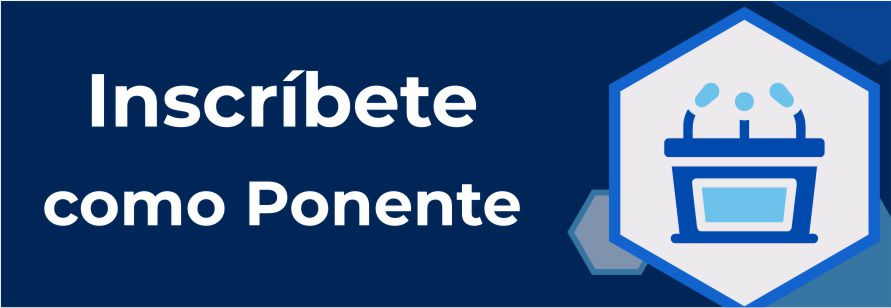










.png)
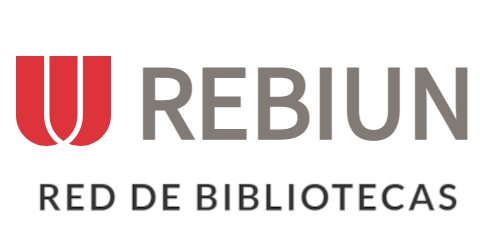









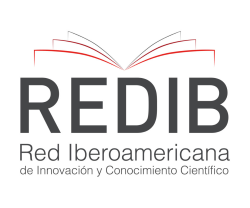


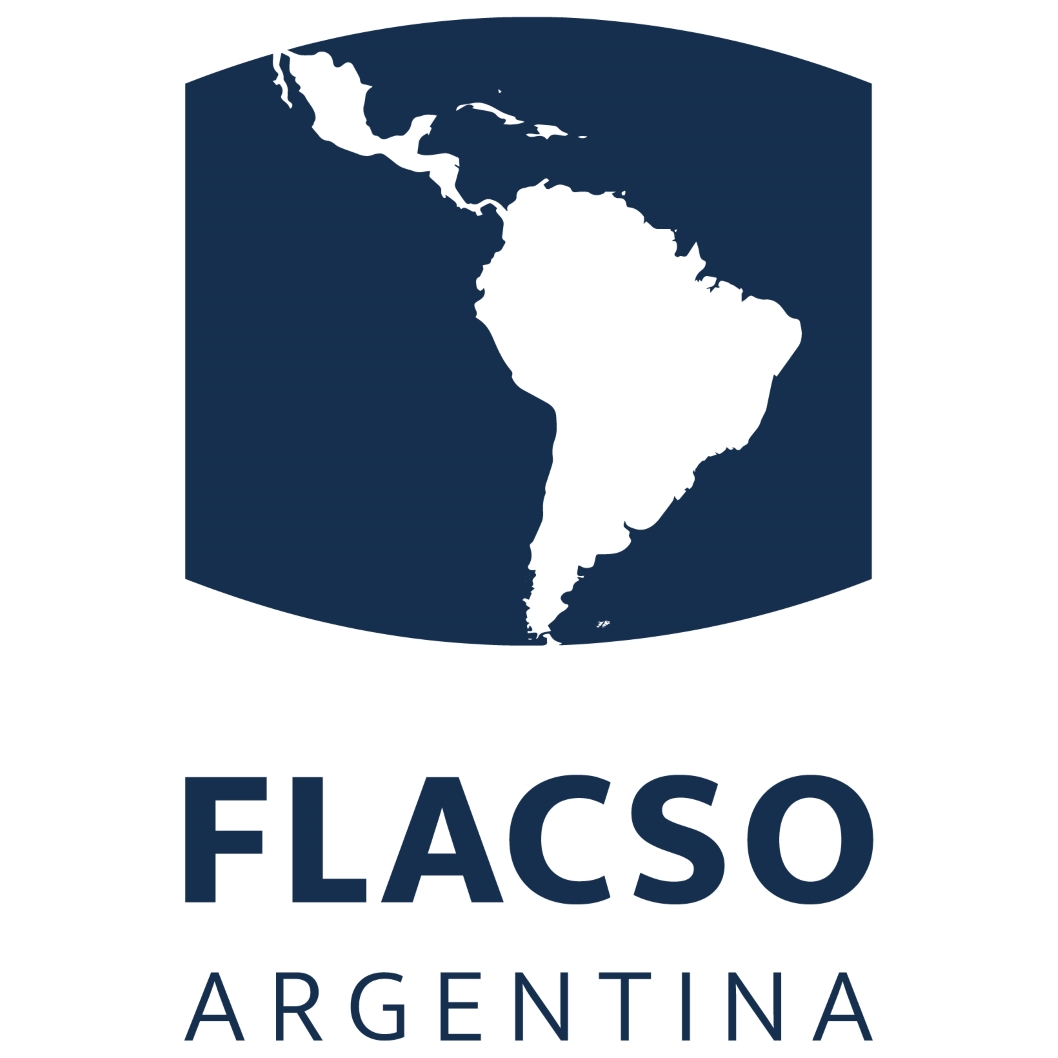

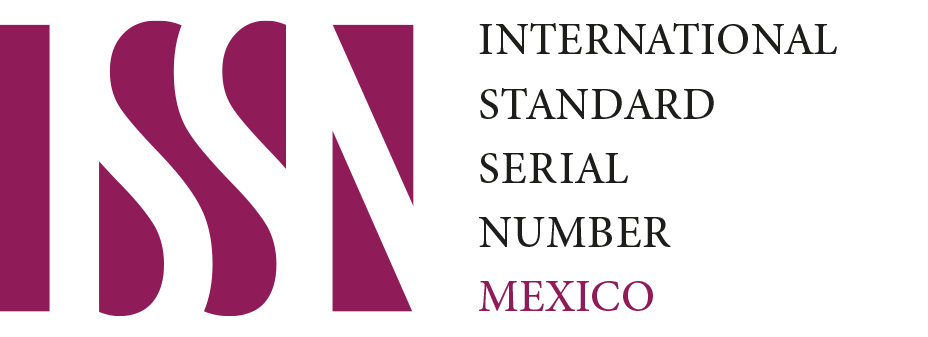




.png)
1.png)


